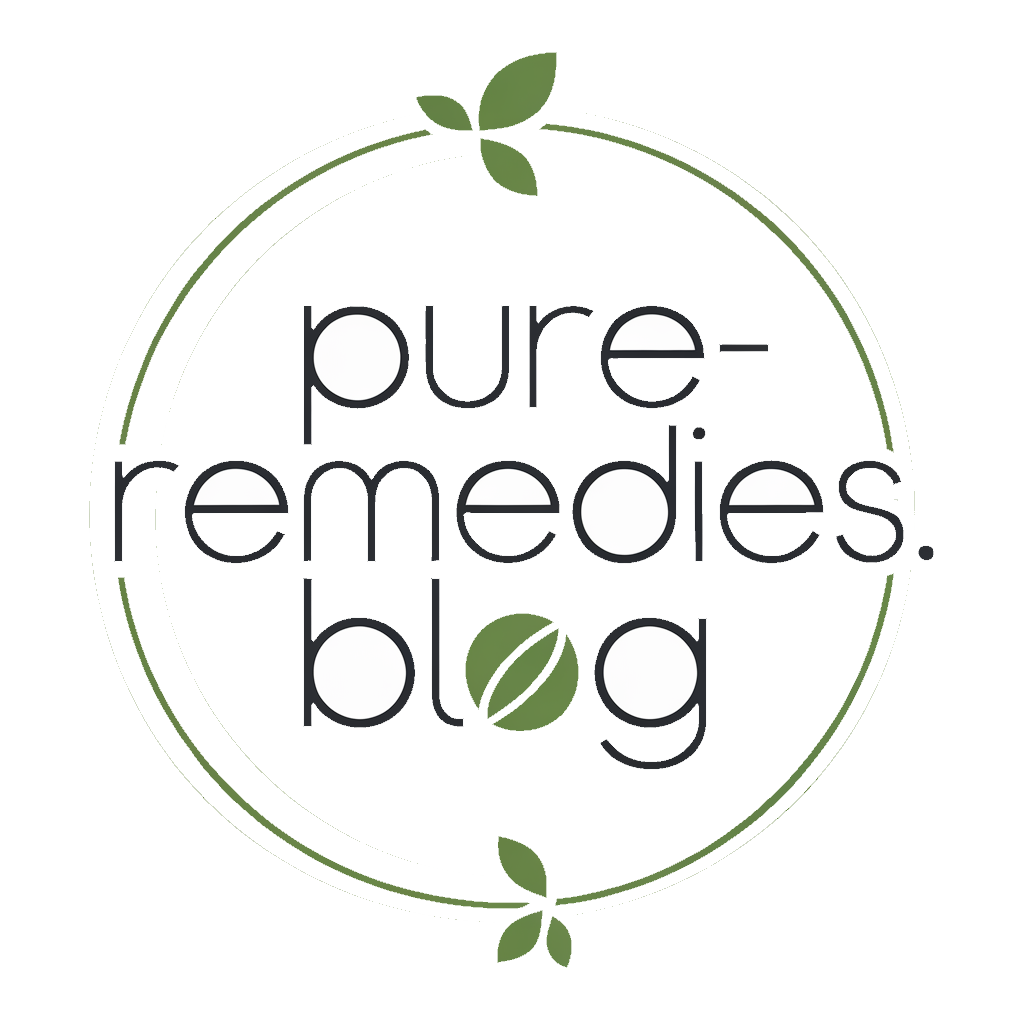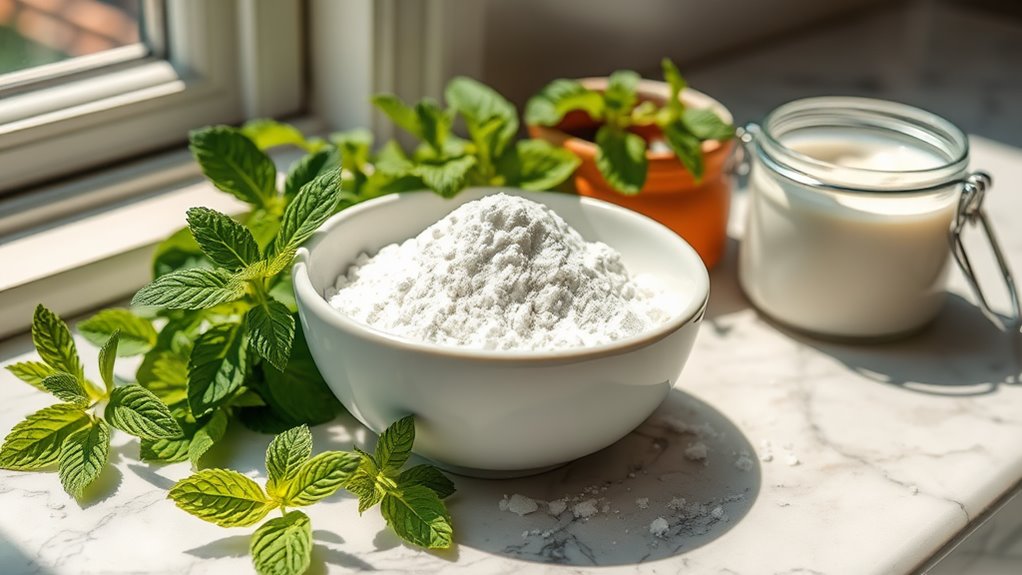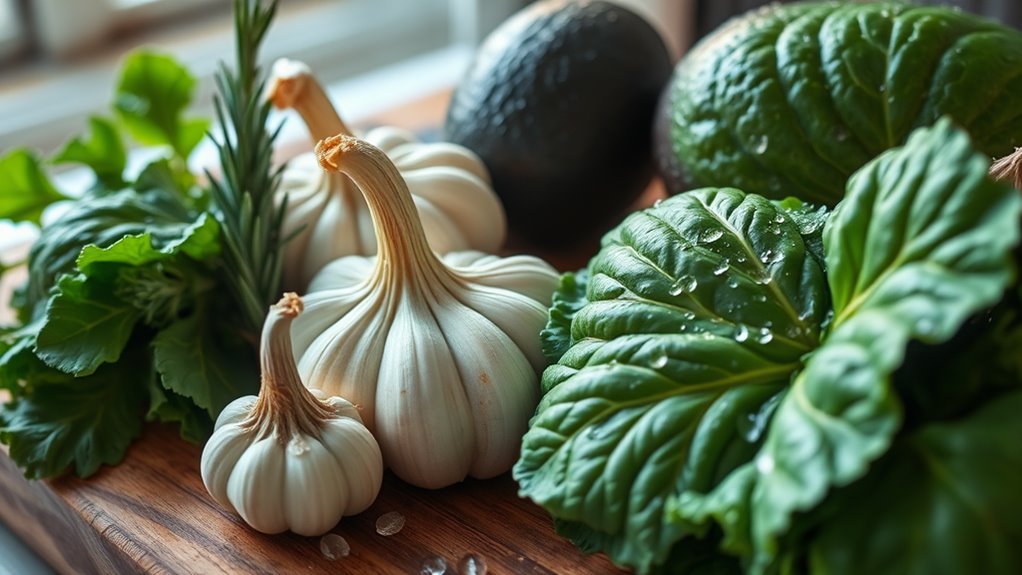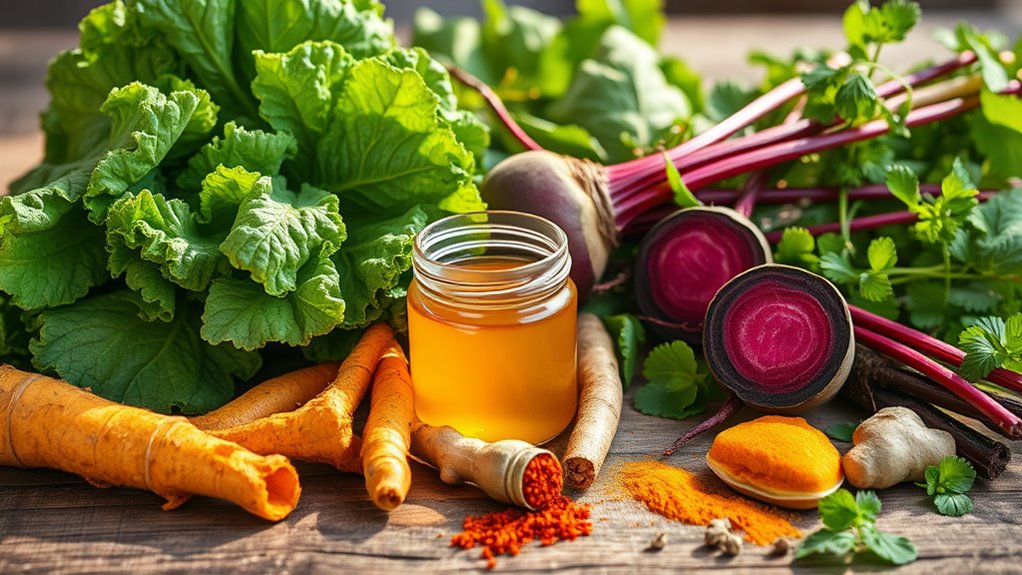Whiten Your Smile Naturally With This Baking Soda Paste
You might think that achieving a brighter smile requires expensive treatments or harsh chemicals, but that’s not the case. Baking soda is a safe, effective, and natural alternative for teeth whitening. This simple ingredient not only removes stains but also helps maintain your oral health. Curious about how to create and use this baking soda paste effectively? Let’s explore the steps and tips for achieving a whiter smile while ensuring your teeth stay healthy.
Key Takeaways
- Baking soda’s mild abrasive properties effectively scrub stains without harming tooth enamel, promoting a brighter smile.
- Mix 1 teaspoon of baking soda with a few drops of water to create a smooth paste for application.
- Gently brush the paste onto stained areas for 1-2 minutes, then rinse thoroughly with warm water.
- Limit usage to 2-3 times a week to protect enamel health and prevent sensitivity.
- Combine baking soda use with regular dental check-ups for optimal oral health and maintenance.
Understanding the Benefits of Baking Soda for Teeth Whitening
Have you ever wondered why baking soda is a popular choice for teeth whitening? Its mild abrasive properties gently scrub away stains without damaging your enamel.
Additionally, baking soda helps maintain your mouth’s pH balance, creating an environment that’s less conducive to harmful bacteria.
This balance is crucial for overall oral health, as it aids in preventing cavities and gum disease.
By using baking soda, you not only achieve a brighter smile but also protect your enamel from erosion.
Incorporating it into your dental routine can be a simple yet effective way to enhance your oral hygiene and boost your confidence. Furthermore, baking soda and lemon juice can work together to create a powerful natural whitening solution.
Gathering Your Ingredients and Tools
To embark on your journey toward a brighter smile with baking soda, you’ll need to gather a few essential ingredients and tools.
Sourcing supplies is crucial for creating an effective paste.
Here’s what you’ll require:
- Baking soda
- Water or hydrogen peroxide
- A mixing bowl
- A small spoon for stirring
Ensure you have proper tool storage to keep everything organized. This way, you can easily access your supplies whenever you’re ready to whip up your natural whitening paste. Additionally, using common household ingredients like coconut oil can enhance the whitening effects of your paste.
With everything in place, you’re one step closer to achieving that radiant smile you’ve been dreaming of!
Step-by-Step Guide to Making the Baking Soda Paste
To create an effective baking soda paste for whitening your smile, you’ll need a few simple ingredients. Baking soda is known for its natural whitening properties, making it a popular choice for at-home teeth whitening. In this guide, you’ll learn the precise mixing process and tips for applying and rinsing to maximize results. Let’s get started on achieving that brighter smile!
Ingredients Required for Paste
Creating an effective baking soda paste for natural smile whitening is straightforward and requires just a few essential ingredients.
Understanding the ingredient origins and flavor profiles can enhance your experience.
Here’s what you’ll need:
- Baking Soda – The main whitening agent, sourced from mineral deposits.
- Water – A neutral base to mix the paste, ensuring consistency.
- Coconut Oil (optional) – Adds a mild flavor and has antibacterial properties.
- Essential Oil (optional) – Choose a flavor, like peppermint, for freshness.
Gather these ingredients, and you’re ready to create your paste for a brighter smile!
Mixing Process Explained
Now that you have all the ingredients for your baking soda paste, it’s time to mix them together effectively.
Begin by measuring two tablespoons of baking soda and placing it in a small bowl.
Gradually add one tablespoon of water, ensuring you keep an eye on the pH factors; a balanced mix will maintain its whitening properties.
Stir the mixture until it reaches a smooth, paste-like consistency.
Be mindful of temperature effects; using room temperature water helps activate the paste without compromising its effectiveness.
Once combined, your paste is ready for use in your natural smile whitening routine.
Application and Rinsing Tips
Applying your baking soda paste correctly is crucial for achieving optimal whitening results.
Follow these steps for effective application and rinsing:
- Apply the paste evenly to your toothbrush.
- Brush gently for 1-2 minutes, focusing on stained areas.
- Rinse thoroughly with warm water using effective rinse techniques to ensure all residue is removed.
- Store any leftover paste in an airtight container in a cool, dry place, using proper storage methods to maintain its effectiveness.
How to Apply the Paste for Optimal Results
How can you ensure that your baking soda paste delivers the best whitening results?
First, apply a thin layer of the paste evenly across your teeth, avoiding contact with gums.
Optimal timing is crucial—let the paste sit for no more than two minutes to prevent Application Errors, such as enamel erosion.
Gently brush your teeth in circular motions to maximize effectiveness.
Afterward, rinse thoroughly with warm water to remove any residue.
Pay attention to any sensitivity; if you experience discomfort, reduce application time or frequency.
Additionally, using baking soda can help combat bad breath due to its natural antibacterial properties.
Following these steps will help you achieve a brighter smile while maintaining dental health.
Recommended Frequency for Use
When using baking soda for whitening your smile, it’s crucial to consider how often you apply it.
Your individual sensitivity to baking soda can influence the optimal usage frequency, so pay attention to how your teeth respond.
Additionally, being aware of the long-term effects will help you maintain a healthy and bright smile.
Optimal Usage Frequency
Generally, it’s best to limit the use of baking soda for teeth whitening to once or twice a week.
This helps maintain enamel health while achieving optimal whitening results.
Here are some usage variations to consider:
- Once a Week: Ideal for maintaining brightness without overexposure.
- Twice a Week: Good for more significant stains but monitor your enamel.
- Spot Treatment: Apply directly to stained areas for targeted whitening.
- Mix with Other Ingredients: Combine with hydrogen peroxide for enhanced effects.
Individual Sensitivity Considerations
While limiting baking soda use to once or twice a week is beneficial for most people, individual sensitivity can significantly influence how often you should use it for whitening.
Pay attention to your mouth and teeth; if you experience discomfort, consider reducing frequency.
Allergy warnings are essential—if you’re allergic to baking soda or any ingredient in the paste, stop using it immediately.
Beware of sensitivity myths; some people assume they can’t use baking soda due to past experiences.
Always listen to your body and consult a dental professional if you’re unsure about the appropriate frequency for your unique situation.
Long-Term Effects Awareness
How often should you consider using baking soda for whitening your teeth?
While it can be effective, overuse may lead to enamel erosion and gum recession.
To maintain a healthy balance, follow these recommendations:
- Limit use to once a week to prevent excessive abrasion.
- Monitor for any signs of sensitivity or discomfort.
- Combine with regular dental check-ups to assess enamel health.
- Use in conjunction with a gentle toothpaste to support overall oral hygiene.
Tips for Maintaining Your Whitened Smile
Maintaining your newly whitened smile requires consistent care and attention.
Start with a solid oral care routine, brushing twice daily and flossing regularly to remove plaque and prevent stains.
Incorporate a whitening toothpaste to help prolong your results.
Diet management is also crucial; limit foods and drinks that stain, such as coffee, red wine, and dark berries.
When you do indulge, rinse your mouth with water afterward to minimize staining.
Additionally, consider regular dental check-ups to keep your teeth healthy and your smile bright.
Following these tips will help you maintain that confident, radiant smile you’ve achieved.
Other Natural Alternatives for Teeth Whitening
Achieving a bright smile doesn’t have to rely solely on baking soda.
There are several natural alternatives you can try for effective teeth whitening.
Consider these options:
- Activated Charcoal: This natural adsorbent can help lift stains from your teeth.
Use it sparingly to avoid enamel damage.
-
Coconut Oil: Oil pulling with coconut oil can reduce plaque buildup and whiten teeth over time.
-
Apple Cider Vinegar: Dilute it with water and use it as a mouth rinse to help remove stains.
-
Strawberries: Their malic acid can naturally whiten teeth when mashed and applied.
Explore these methods for a radiant smile!




